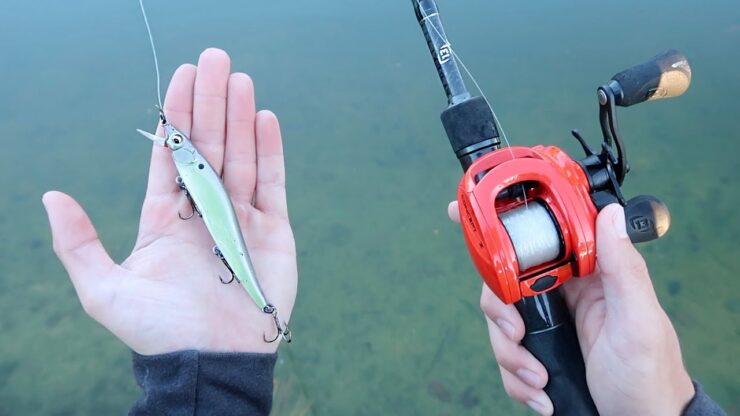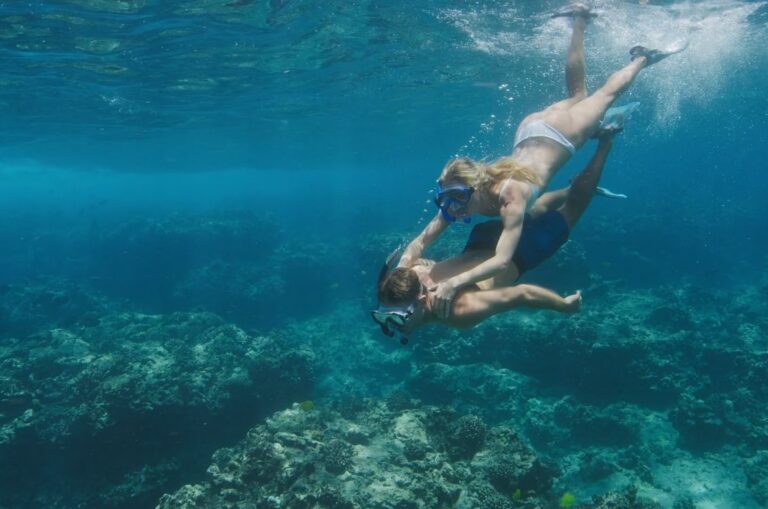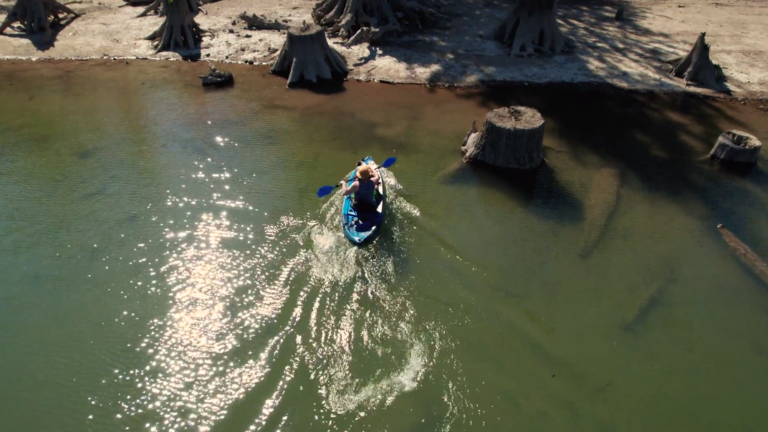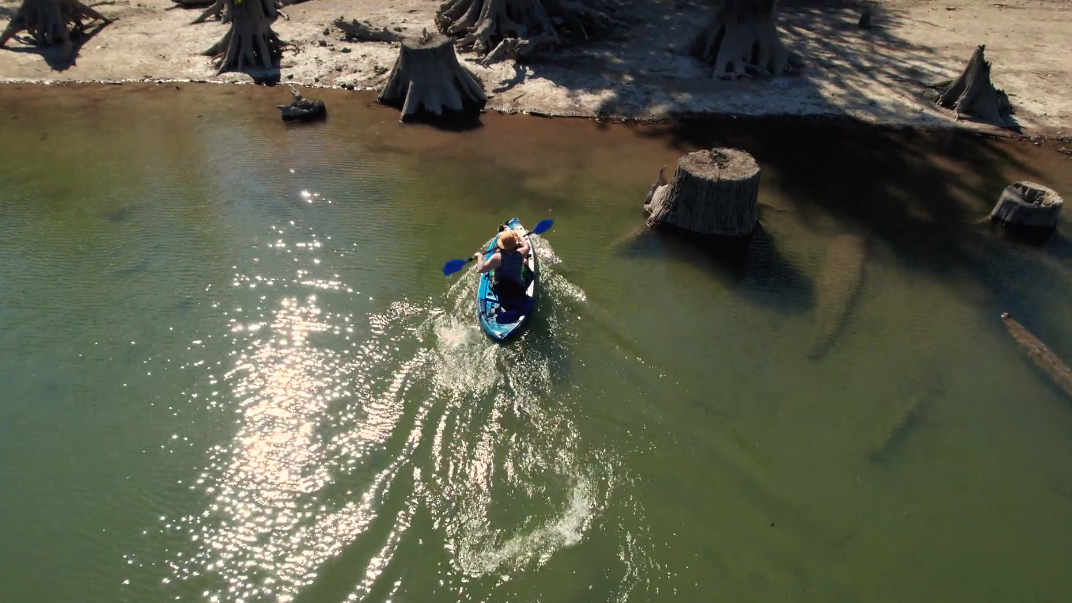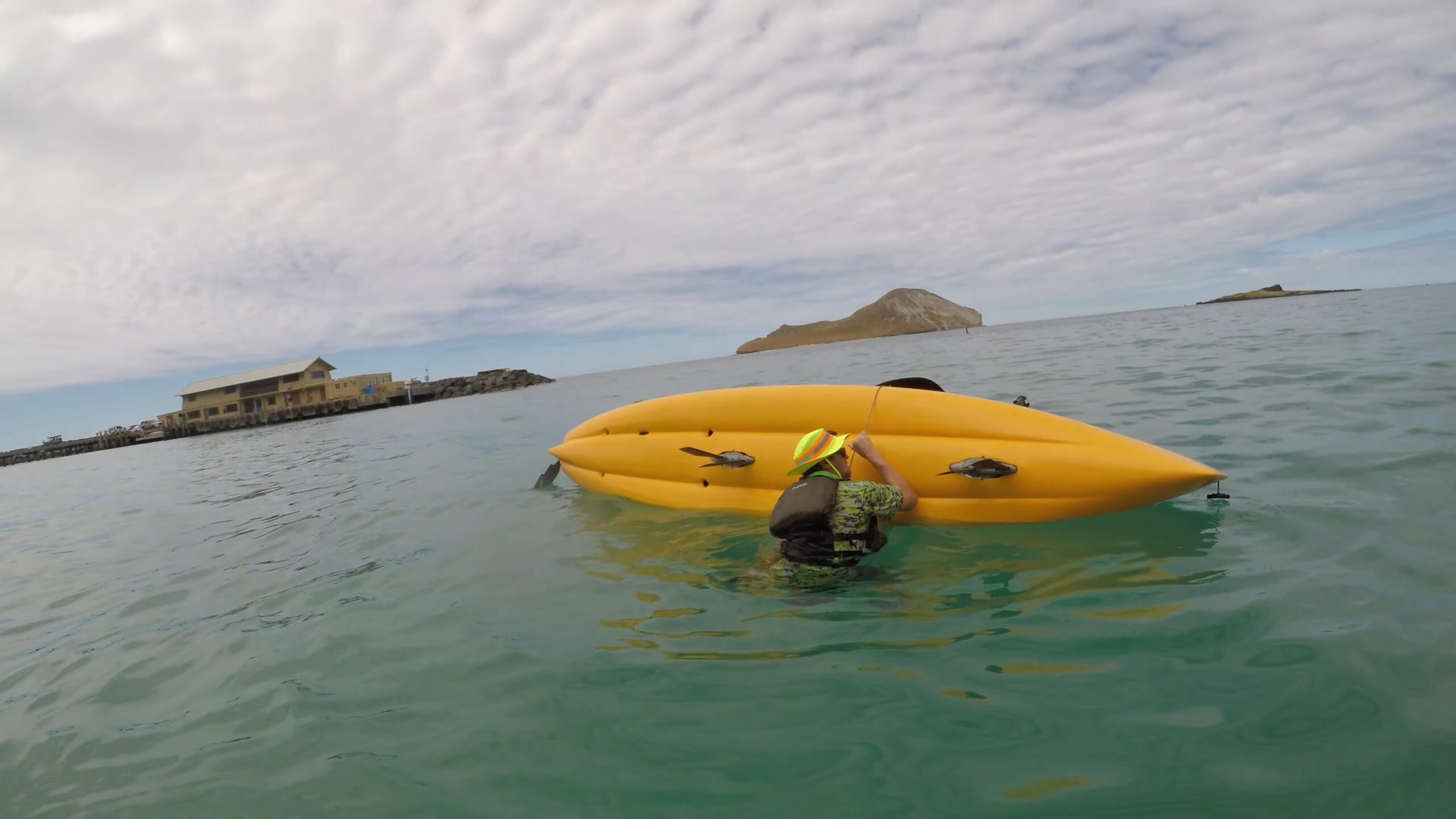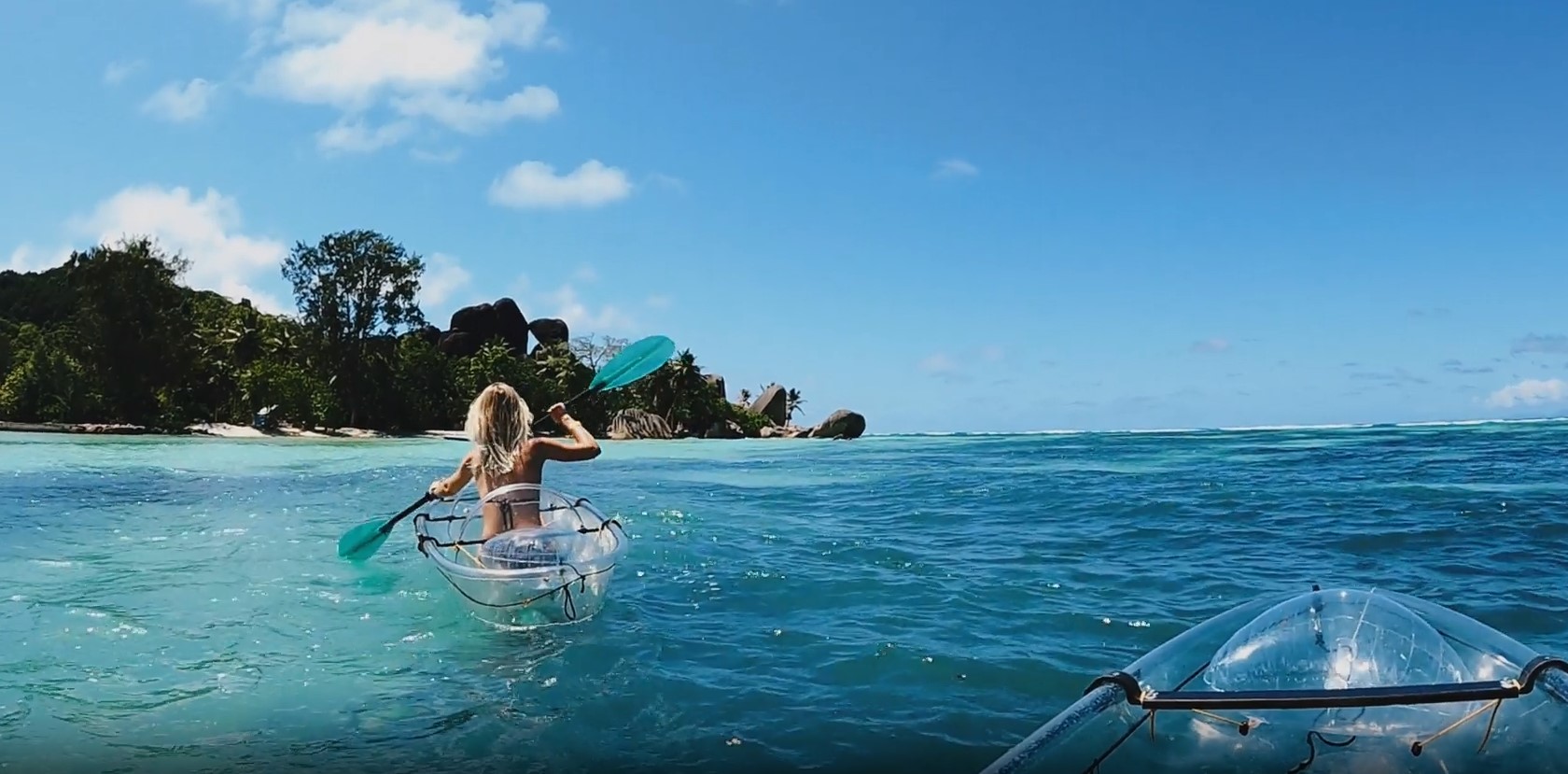Definition: A Jerk on the end of a fishing line, waiting for a jerk on the other end…..
Of all the lures you could use for bass, there are few that can top a jerk bait for consistency. They seem to work at times when nothing else does. And they are very easy to use and will work with just about any general-use fishing rod and reel combo. They come in all sizes, from ultralight, to ridiculously huge.
So, what is jerk bait? – Basically, it is a longish lure with multiple hooks made to represent an injured baitfish and has no real action of its own. In other words, any action has to be imparted by the operator. Many do have a small lip to make them dive, but that’s about all you will get without adding your own action to it.
Your initial impression may be, “What good is that when I can buy crankbaits that do have action?”
Crankbaits do have their own action and lots of it. But they only have the action they are built with. Aside from a few minor adjustments, you only get what you buy, or make.
Jerk bait action, on the other hand, can be tailored to individual situations, right there on the water, with no modifications other than how you work them yourself.
This makes them extremely versatile and accounts for their popularity, especially among tournament bass pros. In fact, you don’t have to limit yourself to just largemouth bass.
Smallmouths, Striped Bass, White Bass, Yellow Bass, Walleyes, Pike, Muskellunge, and in smaller sizes, even Crappie will attack jerk baits with murderous abandon, at times.
Table of Contents
ToggleTypes Of Jerk Baits
There are 3 main types of jerk baits:
1. Floating/Diving
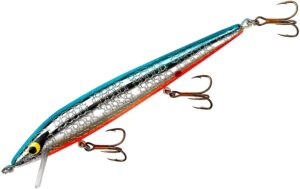
These float on the surface. When you pull, or ‘jerk’ on the line, or reel in, they dive several feet below the surface, then float back to the surface when the momentum is dissipated. The depth of the dive can be varied by how hard you jerk, or how long your reel. The frequency of dives can also be controlled by the operator. Many of these are made from balsa wood, due to its high buoyancy.
2. Suspending
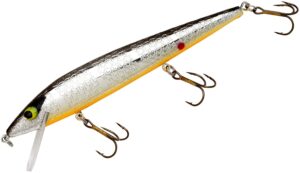
These are designed to have neutral buoyancy, and hang in the water column at mid-depths, neither sinking, diving, or floating. Action is imparted by ‘jerking’ the rod, or alternating reel-and-pause techniques.
3. Sinking
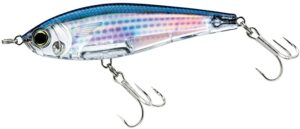
These are just the opposite of floating jerk baits. They are designed to sink until action is imparted to them by ‘jerking’ the rod, or reel-and-pause techniques, causing the lure to rise, then sink once the action has stopped.
Within each type, there are 3 basic variations:
1. Hard-Bodied
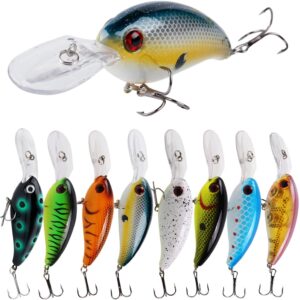
No, this doesn’t mean they lift weights…These are made from plastic, polymers, or wood. They are very durable.
2. Soft Baits
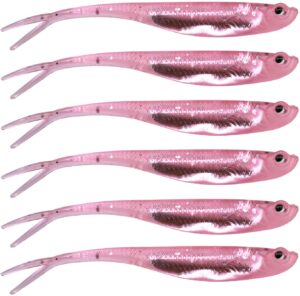
These are made from soft plastic, rubber, vinyl, silicon, etc…and have a ‘chewy’ texture, like a real baitfish. The advantage to these is that bass hangs on to them a little longer before trying to spit them out, giving you more time for a proper hook-set. The downside is that they are more easily damaged.
3. Jointed Baits
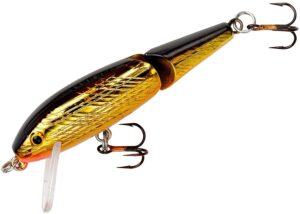
These are made in two sections, a front, and rear, joined by a threaded eyelet. These have more movement than the other subtypes and are sometimes more effective.
Where To Fish Jerk Baits
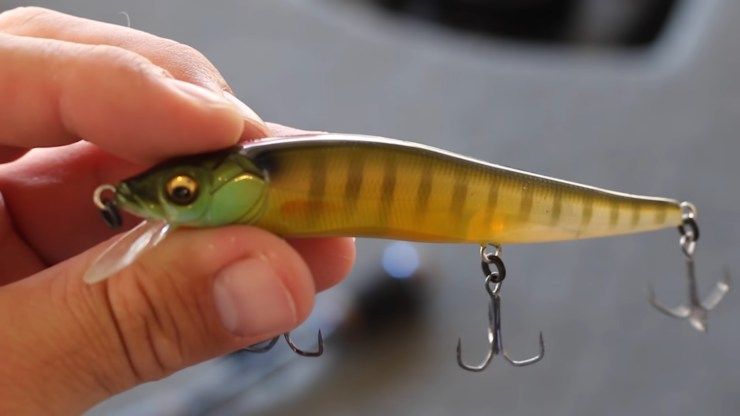
The type you need to use depends on where the bass is.
If you see numerous splashes, then they are attacking food on the surface. You’ll want a floating model. If you are fishing near weed-beds or lily pads, then it will be shallow water. Jerk Baits are not weedless, so you’ll want to keep it out of the weeds, and off the bottom.
In this case, you might want to use a suspending model or a floating model, and just make it dive deeper, so the bass can see it.
If you are fishing rocks, structures, or sunken timber, a sinking model is a way to go, so you can get right to where the bass are holding. If you are fishing in current, you’ll want to fish the eddies, whirlpools, and breaks (black bass aren’t wild about current), so a suspending model is best. For white, yellow and striped bass, you can fish a sinking model right in the current.
How To Fish A Jerk Bait – 4 Tips
There are as many ways to fish a jerk bait as there are anglers.
Here are some tips to help you get the most from your jerk baits. The key to catching bass is knowing your quarry. Learn all you can about bass and their habits, then select the best model of jerk bait for the prevailing conditions.
1. The Spawn of a New Day – from around March through April, bass are looking for places to spawn and guard nests. In the pre-spawn mode, sometimes as early as late February in the south, when the water temperature reaches 58°F, bass will be holding in cover, 10′-15’deep, right off of suitable spawning sites. As the water temperature approaches 60°, they will move into shallow (12-18” deep) water over a soft bottom so they can dig nests. So, you need to be hitting these shallow areas. Any retrieve works at this time.
2. Don’t be afraid to try new retrieves – The most common is a twitch-pause-twitch retrieve, but if that is not working, don’t hesitate to try something different. Sometimes working the bait in fast dashes, like an escaping minnow, will trigger strikes. Moving the rod tip from side to side as you twitch makes the bait move in different directions, and can sometimes cause bass to attack.
3. When a cold front hits – Use a suspending jerk bait, and fish it as slow as you can stand it. When the water cools below 70°, bass metabolism slows down, and they are more deliberate when they attack. Give them time to decide whether or not to pounce.
4. Try Deadsticking for reluctant bass – Deadsticking is just letting the lure sit, sometimes for 30-40 seconds. This is effective for cool water. Use a sinking bait, flip it into likely spots, and just let it sink to the bottom, then slowly twitch it in. Be sure to feed it some line on the way down, so that it sinks straight.
Happy Fishing!
Meet Maria Alexander, the fearless adventurer steering the ship at KayakPaddling.net. Her mission? To convince you that life’s too short for dry land and that the best stories always start with “So there I was in my kayak…”
Related Posts:
- Heavy Duty Fishing: 11 Best Rods And Reels For Big Fish 2024
- 12 Best Fishing Lures Ever 2024 - Baits That…
- 15 Best Baitcasting Reel Under $100 2024 - Improve…
- 17 Best Trolling Reels 2024 - Enjoy your Fishing Adventure
- 16 Best Kayak For Beginners 2024 - Kayaking Adventure Gear
- 15 Best Ultralight Spinning Reels 2024 - Fishing,…

